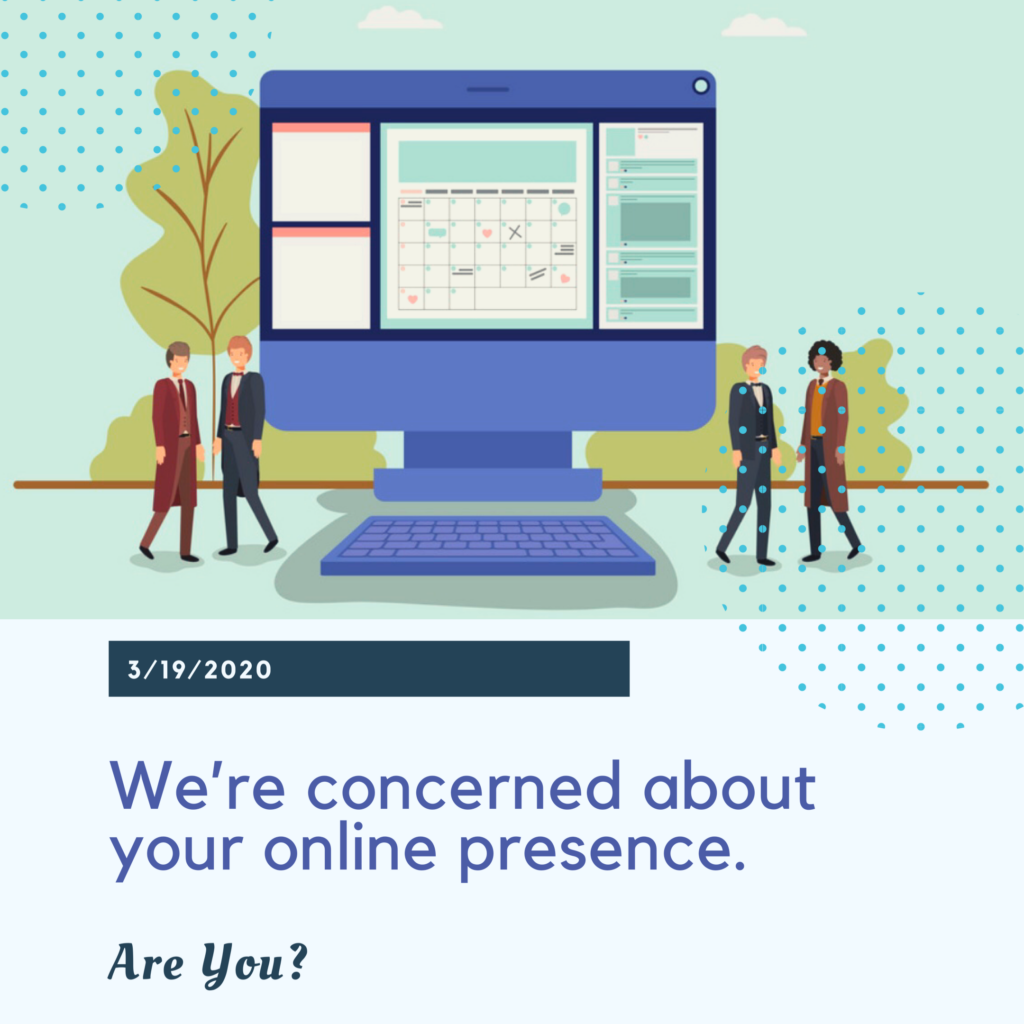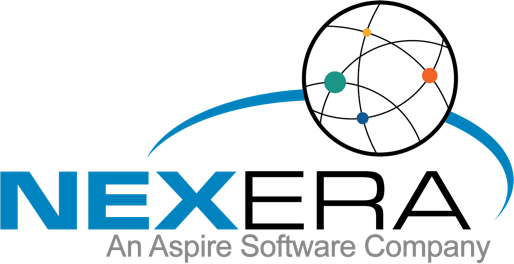We have previously argued that a company website is the foundation for its online presence and, without an online presence, it is destined to disappear from view. Make no mistake, by disappear from view we mean, ultimately, it’s going out of business. Nobody can rationally argue against the importance of a strong online presence because the place almost everyone goes to learn more about something, is online.
 Relating this requirement to the business equipment and office products industry, we all know it’s a challenging business environment. The overall market is declining, consolidation is taking place, and new competitors are emerging from areas where previously there were none. Typical owners and their management teams are heavily vested in their business and it’s a daily fight to protect what they have. Few are growing and many are experiencing declining profitability.
Relating this requirement to the business equipment and office products industry, we all know it’s a challenging business environment. The overall market is declining, consolidation is taking place, and new competitors are emerging from areas where previously there were none. Typical owners and their management teams are heavily vested in their business and it’s a daily fight to protect what they have. Few are growing and many are experiencing declining profitability.
In this business environment, it’s understandable why few owners have time to think much about building and developing their online presence, or to adequately correlate this requirement with the survival of their business. Establishing an independent dealership 30 or more years ago occurred in an era before an online presence was a possibility so, entrepreneurs of that time were not, and did not need to be, equipped with that skill set. It is this legacy that helps explain why there is no instinctive understanding for today’s online requirements and why the online presence for the typical independent dealer is often so poor.
What do we mean by developing a strong online presence?
Ultimately, what we mean is the ability to develop and sustain traffic to the company website. As we explained in our recent “Is your website designed to help keep you in business?” article, the company website is the foundation for its online presence. Regardless of where the search originates, whether it be from mobile, tablet or desktop, it is your website where researchers go to learn more about you, your business, and your value proposition.
Most researchers use Google for originating their searches and most find what they’re looking for on the first page of results. The Google search results page is composed of many elements but, excluding the paid ads, there are ten search results displayed per page. Logically, if you’re not in the top ten results, you’re not on the first page which, in turn, means the majority of researchers won’t find your content.
This is the dilemma many independent dealers with a weak online presence must resolve.
We can argue all day long that content is the route for developing an online presence but if there’s no plan to get the content on the first page of search results, then it’s unlikely a financial return will be earned on the content investment, or that any web traffic goals will be achieved.
There are hundreds of factors that Google uses to determine the ranking of a website in search results, but one of the indicators that has taken on increasing importance over the years is domain authority. This is a metric that was developed by Moz and, the higher your score (between a minimum of 0 and a maximum of 100) the higher your search ranking and the greater your likelihood of earning high quality web traffic.
There are many factors considered in the Moz domain authority algorithms but six of the most important are:
- Quality Content – high quality content is one of the main factors affecting domain authority
- Search Engine Friendliness – the site structure and user-friendliness of your site will affect your score
- Number of unique inbound links – diverse range of relevant links increases score
- MozRank – strong external links increases score
- MozTrust – the closer your website is connected to trusted websites the higher your score
- Social Signals – content that is liked and shared across various social platforms is an indicator of quality, and trust and will increase your score
Here’s an example of what a typical dealers’ home page may look like in terms of its domain and page authority.

 Let’s take a look at a real-life example. The report below shows the top 10 landing page results for a medium-sized independent dealers’ website.
Let’s take a look at a real-life example. The report below shows the top 10 landing page results for a medium-sized independent dealers’ website.
What’s of note here is that five of these top ten results are for content-driven pages that do not contain “direct selling” type content about the dealers’ value proposition. Instead, these pages have been created to educate site visitors on broader topics that, while related to the dealers’ value proposition, do not attempt to directly sell anything. The idea is, that a visitor engaging with this content may be motivated to click through and learn more about the company that authored it, and what they offer.
 The terminology:
The terminology:
- An impression is when a link to a page appears on a search result page. However, it does not mean the researcher necessarily saw the search result because it may have been below the fold and he or she did not scroll that far.
- If the search result is on page seven (for example) and the researcher does not click through to page seven, then no impression is recorded.
- A click is when a researcher clicks on a search result and visits the selected page.
What we see in the above report may be summarized as follows:
The top ten landing pages account for 85% of the total impressions and 95% of the clicks taking place for the entire website.
As we’ve already highlighted, what’s of particular interest here is that five of the top ten landing pages are topic-based content pages that were created with the specific purpose of educating researchers. These five landing pages account for 60% of the total number of impressions but only 118 (12%) of the clicks. The high impression volume indicates the material is sufficiently relevant to show up in the types of search queries being targeted, but the click-through-rate (CTR) is low because the average search position is showing up on page 4, 5, or 6 of the search results.
As we’ve previously explained, one of the main reasons for the poor search position is because the website domain strength of 19 is low. Let’s take a look at the following example for how different the results may look if the domain strength was higher.
 What we have hypothesized here is, by improving the domain authority from 19 to 30 the average search position will improve from 48 to 30. By improving the search position, the number of impressions will increase which, in turn, will lead to an increase in the CTR. Instead of 961 clicks, a total of 7,500 (+680%) are projected in this example.
What we have hypothesized here is, by improving the domain authority from 19 to 30 the average search position will improve from 48 to 30. By improving the search position, the number of impressions will increase which, in turn, will lead to an increase in the CTR. Instead of 961 clicks, a total of 7,500 (+680%) are projected in this example.
The science underlying this example is well understood, although the performance projections are hypothetical and would be likely to vary widely for individual dealers for many different reasons. However, regardless of potential future performance, it is far more important to fully grasp the key points the example is intended to illustrate.
- Researchers are looking for educational content.
- By improving the domain authority the average search ranking will also improve.
- By improving the search ranking there will be more impressions, and more click through’s to the landing pages.
Conclusions:
Content should be considered the “fuel” necessary to start, and keep, the engine running. Without content it is impossible to rank well in search results and it’s impossible to significantly improve domain authority. So, dealers just starting out with a content strategy must solve the conundrum of how to improve domain authority to rank their content knowing that, at least initially, part of the reason they have no ranked content is because they have no domain authority.
The domain authority strategy may be considered the turbo-charger needed for improving search ranking and overall performance. However, like a motor vehicle, the turbo-charger is of no use at all without the fuel. In our analogy, working on the turbo-charger before having the fuel to power it will be a waste of time.
So, step one must be to create the content necessary to fill the gas tank and step two must be to start developing authoritative inbound links back to that content in order to improve the domain authority and start turbo-charging the process. The strategy will only be successful when it takes place in this order of sequence.
If there is no relevant, authoritative, high-quality content published on your website how can any high-quality, relevant, high-authority website pages link back to it?
Let’s revisit the six factors we identified above that are necessary for improving domain authority.
- Ultimately, the business owner must be responsible for driving each of these requirements.
- Preparing a content strategy and an optimized “rule-compliant” website must be the first steps taken.
- Once this is accomplished, the process to start building high-quality, relevant inbound links can be initiated.
The Moz algorithms will start to recognize the new content as well as the new sites linking in and will reward you with increases to your domain authority score. Google will also recognize your website content activity as well as your improved domain authority and will, in turn, reward you with higher search rankings.
Once you’ve started the engine, continuing to add fuel (content) will not only keep it running, it enables the process to accelerate.
In simultaneously embarking on a proven social media strategy designed to build a relevant, engaged audience, the virtuous cycle will continue. Sharing your content with the social audience and encouraging it to like, share, and comment, will expand your reach and effectively turn the turbo-charger into a super-charger. Moz and Google will recognize the social activity with the former increasing your domain authority score and the latter continuing to improve your search ranking results.
When successfully combined, the output of all these activities is high-quality, relevant web traffic. However, as traffic develops it’s important that technology is deployed on the website that’s designed to convert a portion of it into leads by capturing email addresses in exchange for providing valuable content. When combined with permission to send notifications as incremental content is published, the process generates repeat visits and new opportunities for the visitor (now a lead) to engage with your value proposition.
Authors note:
We recognize you may be interested to learn more about social media strategies that we’ve only briefly introduced here. Building a relevant audience and encouraging that audience to engage by liking, sharing, and commenting on your content is another skill many dealers do not have. To learn more about these, and other related activities, please sign up for our Web Presence Development series of articles by adding your email address into the form below.


